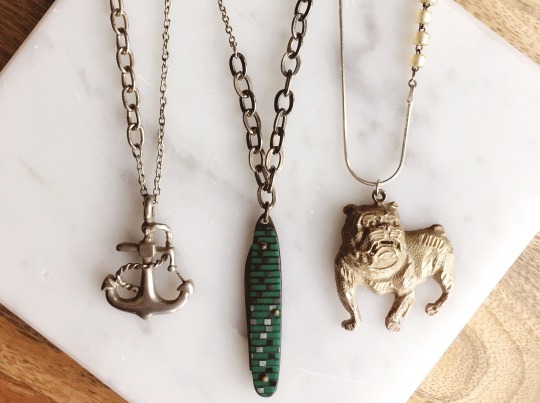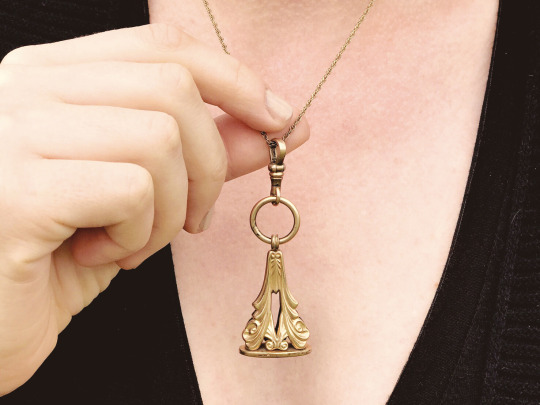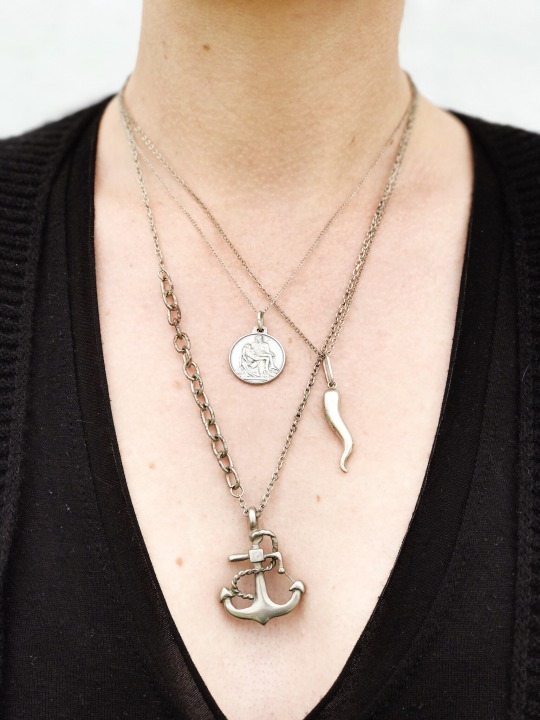#tarnished and sterling are the universe names
Text

herostaire. I like him.
something I have never done before is draw out the way a character's fashion sense progresses over time. it was super fun to think about... I love to draw clothes and this took it to another level by mixing it with characterization and story arcs. TASTY!
#alistaire#but like.. actually not technically??#fine he gets a tag#herostaire#heres the part that doesnt matter: if youre confused by the names up top#alex is his name before he changes it#since he has a secret identity as a hero he keeps his boring birth name#he changes it later to be cooler and more awesome and dope and have more swag#tarnished and sterling are the universe names#he gets yoinked out of his home universe tarnish and plopped into sterling#with none of his belongings#and crashes on that universe's charlie's couch for 8 months
43 notes
·
View notes
Text
very occasionally, i get to work with SENIOR senior academics, and although my sample size is small, every single instance involves the quality of work your average second-year undergraduate would fail your class for producing. i'm talking everything from wildly inconsistent formatting and egregious language misuse to outdated information, complete lack of citation, and in many cases a complete lack of argumentation too. and like. at a certain point does trading on your presumably once-illustrious name to add yet another non-peer-reviewed pastiche monograph to your endless list of what seems like mostly junk publications matter? you have tenure AND seniority. you haven't had to teach a class you didn't want to in literal decades. they will carry you from the university in your casket and will probably continue paying you gobs of money for some time thereafter. it can't be about staying relevant in the field because nobody with a grain of academic awareness will cite this work as it presently exists! frankly if anything this kind of work tarnishes what may have at one point been a sterling reputation.
#editing woes part 7000#i am so genuinely confused by this behaviour#and i think it speaks to a lot of the problems in academia#my early career clients and tenure-track clients and just-recently-got-tenure-hallelujah clients work so much harder#and produce work that actually looks like someone cared to write it!#and like. keep the heading sizing consistent.#even my most footloose and fancy-free clients are sourcing and arguing more competently
0 notes
Text
Inspired by Literature: The Neapolitan Collection

Those who know me well — or follow me on Instagram — know that I love the following three things: jewelry, rescue dogs, and reading! Literature has always been such an important part of my life and personal growth, so it only seemed natural to pull inspiration from my favorite readings into my designs.
The hidden stories of each vintage find I source from around the world really drives my creative passion for jewelry making. So, it was important for me to find a way to translate the meaning of these pieces into something more discernible — talismans inspired by powerful stories. And after last month’s gift guide for the Invention of Wings Collection, I was excited by the idea of starting a quarterly blog series to share these stories with you!
For my newest collection, I was influenced by the fiery feminism of The Neapolitan Novels by Elena Ferrante. This four-part series spans from the 1950s to present day and explores the ideas of being a woman from two different perspectives, both of whom grew up in a very oppressive culture. Ferrante tasks her readers with questioning whether it possible to rise above these gender biases and cultural norms. In my opinion, Ferrante was able to put into words the inner heart’s experiences in a way that brings a lifetime of truths to light. Her ability to be raw and brutally honest through her storytelling perfectly conveys the complexity and contradictions of human emotion.
After finishing the series, I knew I wanted to put together something that represented the grit and emotional contradictions present throughout each of the four books. Naples, the cultural backdrop of each novel, was depicted as dirty, poor, and corrupt — a city steeped in history with flashes of wealth that the characters can never seem to attain. So, likewise, this collection is made from antique and historical Italian pieces, some tarnished with the stories they’ve lived over the years. There are also a few pieces representing the elusive and coveted status of wealth.
Here’s a little more on the symbolism behind each design (I promise, there are no spoilers):

Antique Italian Maria Pendant Necklace
This vintage Italian pendant of the Virgin Mary, dated 1830, is inscribed with a prayer that loosely translates to “O Maria conceived without sin pray for us who have recourse to you.” I’ve become fascinated with the female form of the divine recently, which is almost completely non-existent in modern Christianity. And although Catholics don’t technically consider Mary divine, she does represent that for many people. Since feminism is tightly woven in the fabric of Elena’s novels, particularly the male “invention” of women, I wanted this piece to symbolize the existence of a God in female form, as an antidote to the misogyny of the patriarchal culture of 20th century Naples.
Antique Sterling Bulldog Necklace
The bulldog pendant, found while antiquing in Philly, has an aggressive quality to it that reminded me of the overarching theme of having to “overcome” being female. Ferrante writes in her novel Those Who Leave and Those Who Stay, “And no one knew better than I did what it meant to make your own head masculine so that it would be accepted by the culture of men; I had done it, I was doing it.” This quote embodies Elena’s struggle to take on masculine characteristics in order to succeed in society. In contrast, the vintage Italian rosary beads are closely associated with the veneration of the Virgin Mary, representing the strong feminine form inside.
Dante's Giornata Necklace
I love this piece so much because it couldn’t ring more true to the time period of these novels. This vintage Italian brass pendant of the esteemed Italian poet, Dante, dates back 50-80 years and — having grown up in Naples during the 1950s — the characters in these novels would have most definitely been reading Dante in school. The symbolism behind this piece speaks to the power of education to change one’s status and destiny in life. In The Story of the Lost Child, Ferrante writes about Lina, “She felt humiliated at having always ascribed to a power to things that in the current hierarchies were insignificant: the alphabet, writing, books.” This internal conflict is addressed in the novels by juxtaposing Elena’s journey with Lina’s, who has made the more courageous choice to stay in Naples and face her demons head-on without much schooling.
Italian Cornicello Necklace
Cornicello translated into English means “little horn.” This object is considered by Italians to be an amulet against the evil eye, which is said to curse the forces of generation (nursing mothers, babies, etc.) The horn is often connected to the Virgin Mary, and so I thought it would be an interesting piece to pair with the underlying themes of misogyny, as both Elena and Lina lash out at the men in their surroundings in order to thrive. To me, this silver horn pendant symbolizes the violence necessary to protect the girls’ independence.
Saint Vincenza Gerosa + Bartolomea Capitanio Necklace
St. Vincenza Gerosa and St. Bartolomea Capitanio, depicted in this century-old Italian pendant, were both devout Catholics dedicated to serving and teaching the poor and orphaned. Since the power of education played a big role in the lives of Elena and Lina, this was a perfect piece for this collection. There was a recurring presence and influence of generous teachers in The Neapolitan Novels, and it is clear that the children from the poorer areas would not have received any encouragement otherwise. Amidst so much tragedy, with so much stacked against them, they believed in the power of education, even though all evidence for the usefulness of their efforts was to the contrary.
Victorian Gold Filled Watch Fob Necklace
This 18th century Victorian-era fob would have been connected to a pocket watch chain for stamping and sealing envelopes with wax. This pendant is gold-filled and crafted by a fine jeweler, which I felt best represented Elena’s struggle with whether to prioritize her wealth and status. Fashion was a way that Elena differentiated herself from the neighborhood. However, she documents her continued struggle with the shallow nature of things in Those Who Leave and Those Who Stay by saying, “I had fled, in fact. Only to discover, in the decades to come, that I had been wrong, that it was a chain with larger and larger links: the neighborhood was connected to the city, the city to Italy, Italy to Europe, Europe to the whole planet. And this is how I see it today: it’s not the neighborhood that’s sick, it’s not Naples, it’s the entire earth, it’s the universe, or universes. And shrewdness means hiding and hiding from oneself the true state of things.”
Vintage Anchor Pendant Necklace
“I feel like the knight in an ancient romance, wrapped in his shining armor, after performing a thousand astonishing feats throughout the world, he meets a ragged, starving herdsman, who, never leaving his pasture, subdues and controls horrible beasts with his bare hands, and with prodigious courage.” This passage from Elena in Those Who Leave and Those Who Stay, depicts how Elena feels about Lina — who stayed in her hometown and fought courageous battles. The anchor represents this rooted connection to their neighborhood in Naples. The pendant is from Italy and dates back to the mid-1900s. The mixed chains provides a grittier look to the design and is a composite of various vintage chains.
Vintage Emerald Pocket Knife Necklace
There is a key scene in the novels where a school-age Lina stands up to the neighborhood bullies, who later move up in the ranks to become the neighborhood crime bosses. As they were approaching her and Elena in an effort to assault them, Lina pulled a knife in self defense and scared them off. Lina recalls in Ferrante’s writing that she “decided that it was urgent to become as autonomous as possible.” In a very obvious translation, I depicted her strength to challenge the abuses of women with this vintage, emerald and black checkered Italian mid-century pocket knife.
Vintage La Pieta + Year of Jubilee Necklace
This necklace features an antique Italian metal pendant engraved with the Pietà on one side and a commemorative scene indicating the 1975 Year of Jubilee (year of mercy) on the other side. Pietà represents the Virgin Mary holding crucified Christ, which can be connected to these novels through its theme of women surviving to suffer on the behalf of men. In Ferrante’s The Story of a New Name, there is a passage describing this destiny. “They had been consumed by the bodies of husbands, fathers, brothers, whom they ultimately came to resemble, because of their labors or the arrival of old age, of illness. When did that transformation begin? With housework? With pregnancies? With beatings?” In contrast, the “Year of Jubilee” on opposing side of this pendant balances that harsh reality with its representation of hope and mercy.
Vintage Sterling Locket Necklace
This delicate vintage locket containing an original address card was found during a recent trip to Philadelphia, and it seemed like the perfect fit with Elena and Lina’s journey to rise above their environment and place of origin. In Lost Child, Elena is quoted saying to Lina that her moving back to Naples was “an experiment in re-composition. You’ve managed to have your whole life here, but not me: I feel I’m in pieces scattered all over.” Similarly to the Vintage Anchor Pendant, I wanted this piece to embody Elena’s internal conflict with her loyalty to her hometown of Naples.
Have you had a chance to read The Neapolitan Novels? I’d love to hear your thoughts on the series!

#vintage#vintage jewelry#literature#neapolitan#neapolitan novels#elena ferrante#inspiration#fine goods
0 notes